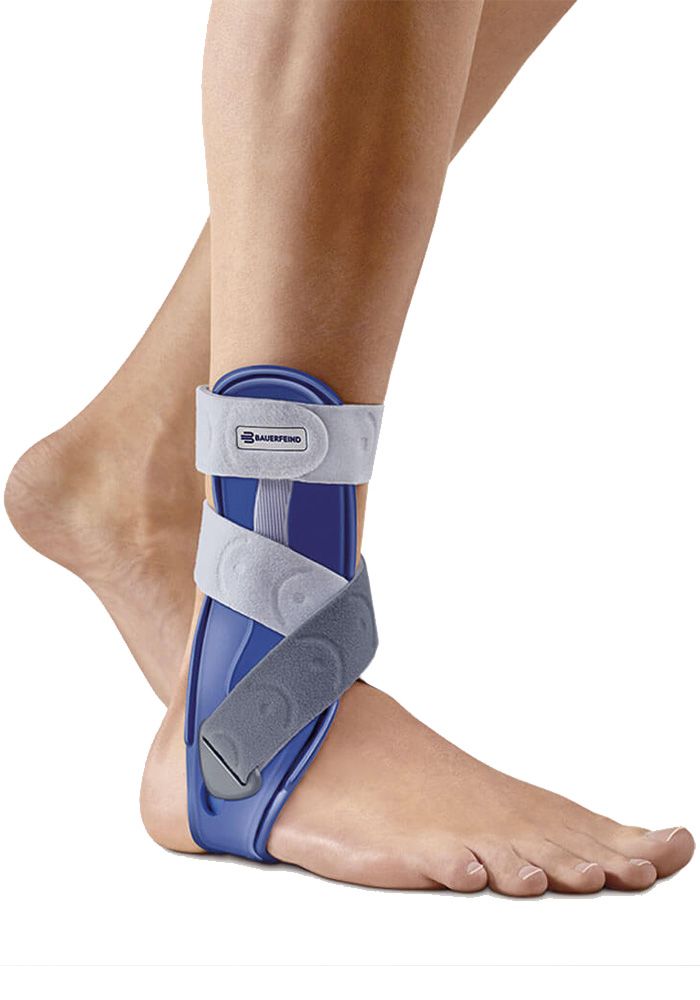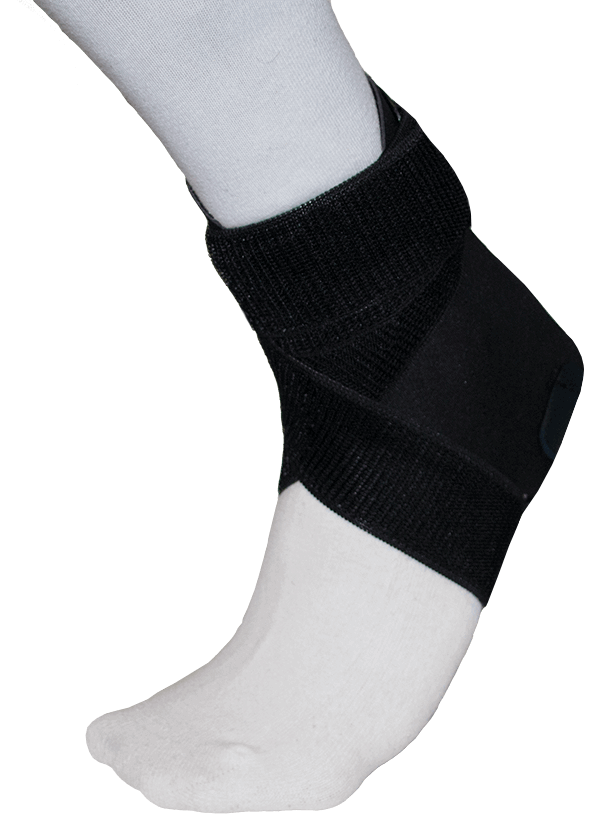Osteoarhtritis in ankle
How does osteoarthritis of the ankle joint develop?
Primary osteoarthritis is the main cause. Age plays a role in the condition. The cartilage layer of the joint becomes thinner and will therefore almost completely disappear. This will cause bone-on-bone contact. Inflammations can also affect the cartilage, for example in rheumatoid arthritis. This can cause the cartilage to disappear completely. This is also called secondary osteoarthritis. Long-term wearing of incorrect footwear or a different way of moving can cause extra wear and tear to cartilage. Gout, rheumatism and a fracture or broken bones can also be among the causes.
How is the diagnosis made?
An orthopaedic surgeon will ask you a number of questions about your symptoms and carry out a physical examination. Often, this is already sufficient for a specialist to establish osteoarthritis in the ankle. However, for completeness, an X-ray photograph is always taken as well. This will clearly show the arthrosis and its severity. In some cases, additional examination through a CT-scan or MRI is also opted for. If rheumatism or gout are to be ruled out, a blood test will be carried out.
What are the symptoms of ankle osteoarthritis?
With joint wear, the cartilage largely or even completely disappears. As a result, the affected joint can no longer move smoothly. Friction between the bones can increase and cause pain. Fluid accumulation can cause swelling in the ankle and exert painful pressure on the nerve endings. This makes it difficult to move the ankle. Bone tissue can also form at the edges of the joints; this is the body's way of trying to distribute the load over a wider surface area.
What treatment can help with ankle osteoarthritis?
In the case of serious complaints, the general practitioner will refer to an orthopaedic surgeon. He will make a diagnosis based on a physical examination and a questionnaire. He will check how the legs and feet move and make an X-ray. He will do this to see exactly which joints are affected by osteoarthritis. Initially, he will try to treat the condition without surgery. If you are overweight, he will advise you to lose weight. You may also choose to have orthotics or ankle braces fitted to make walking easier, for example. Only when the osteoarthritis has increased so much will surgical treatment be considered, such as surgery or an ankle prosthesis. If surgery is necessary, the ankle joint is often immobilized. This is called arthrosis. A disadvantage of this procedure is that the mobility of the ankle is sacrificed somewhat. Fortunately, most people do not experience any discomfort, as the ankle was already stiff before the surgery. A prosthesis can also be chosen. However, there are a number of disadvantages to this option. An ankle prosthesis has a shorter lifespan than, for example, a knee prosthesis. The prosthesis will therefore have to be replaced sooner. And this second surgery is often more difficult than the first. A specialist will always determine with you which option is best for you.
What complications can occur?
As with any surgery, complications may arise. You may be at risk of thrombosis or infection. In a few cases, the bones may not grow together. This means that you will have to wear a plaster cast for a longer period of time or that another surgery may be necessary.

Bauerfeind MalleoLoc Ankle Support

Morsa ThermoCY Lightweight Ankle Football Support

Gladiator Sports Lightweight Ankle Support Max

Dunimed Ankle Support

- Physiotherapist
- Sports podiatrist
- Manual therapist
- Podopostural therapist
- Myofascial dry needling specialist

